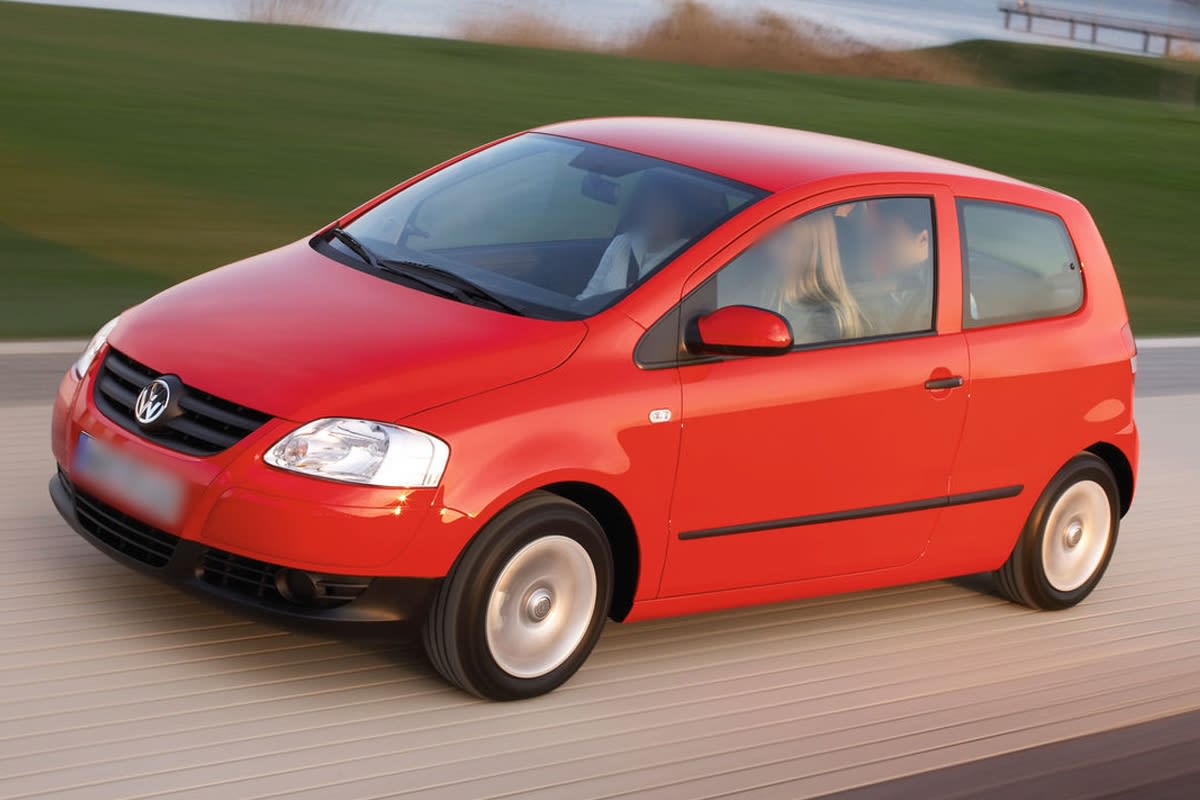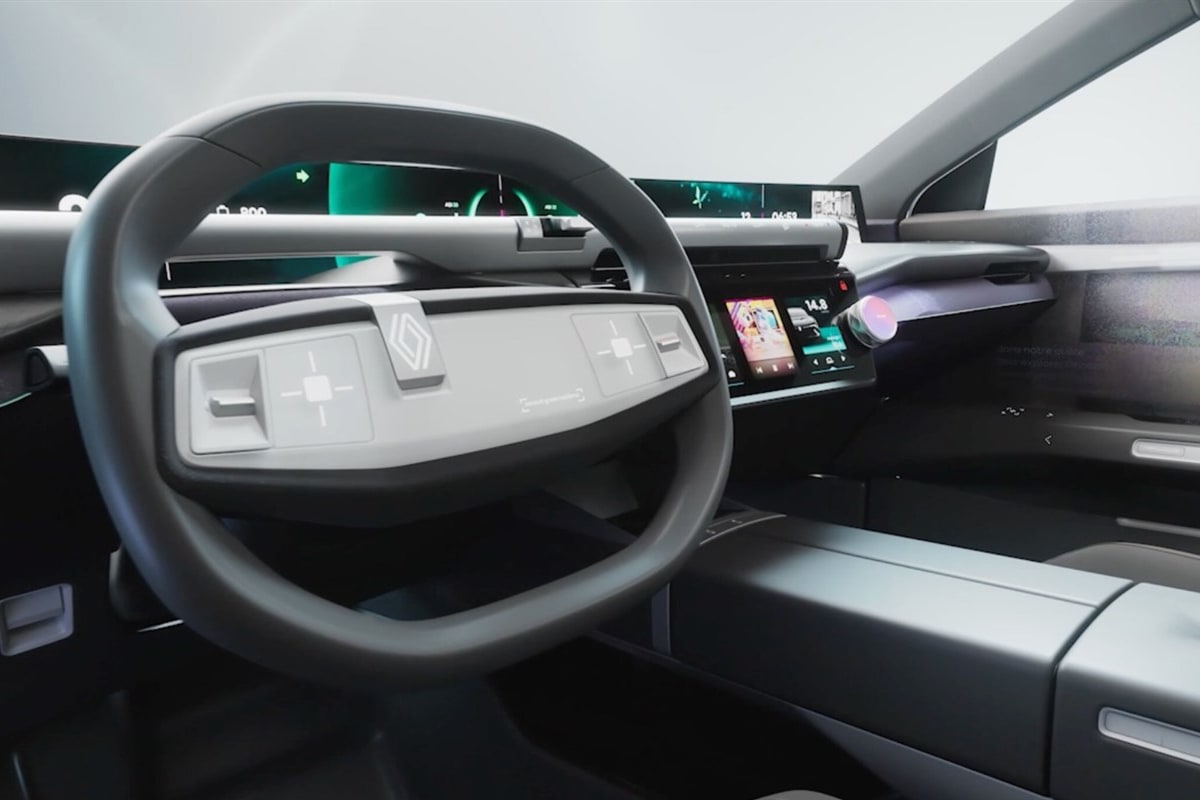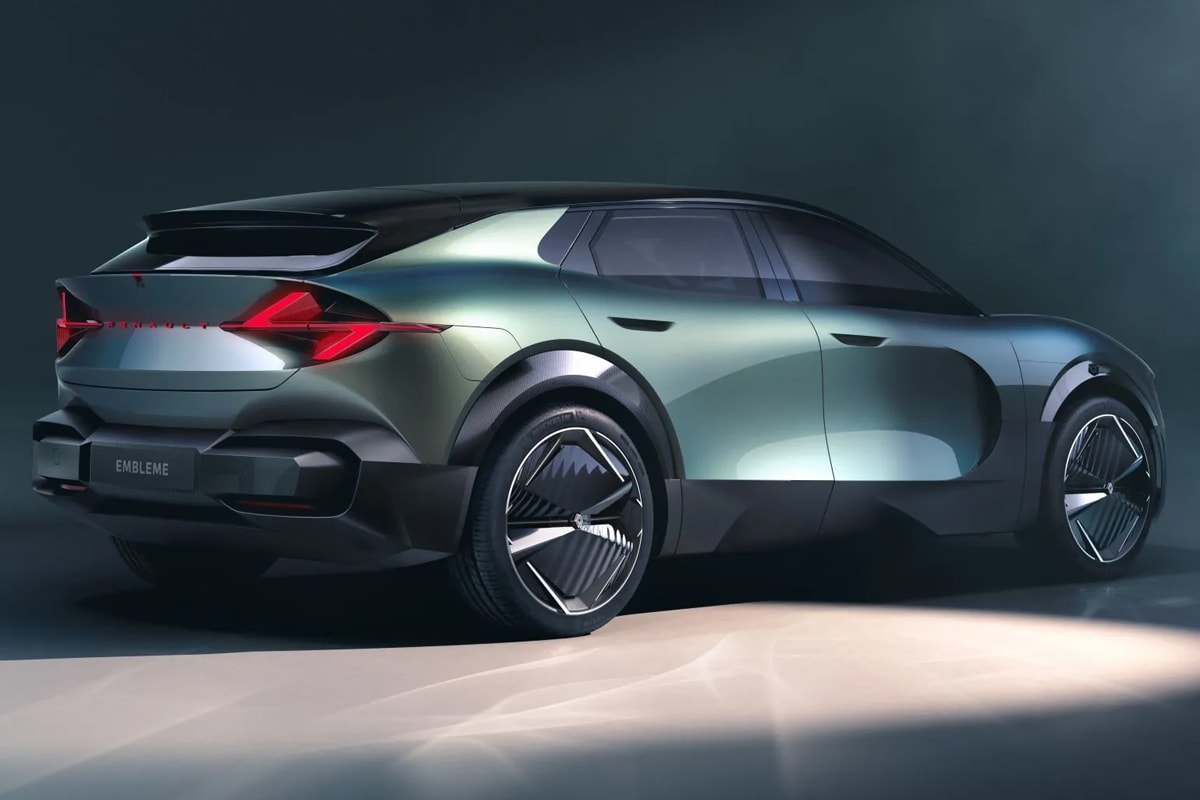The automobile sector could experience an unexpected change with a hint of the tropics in car cabins. Renault is pioneering advancements in material development via their hydrogen-hybrid prototype vehicle known as the Emblem. Interestingly, this innovative move involves using fibers extracted from pineapple leaves for crafting elements inside the cabin. This shift towards utilizing natural fibers in manufacturing holds the possibility of transforming how we envision auto interiors.
Working alongside international automotive components provider Forvia, Renault disclosed their partnership in developing door paneling and dashboards from pineapple leaf fibers. This innovative approach was demonstrated through the Emblem concept vehicle, which made its debut in October 2024. Beyond being merely conceptual, the Emblem serves as an operational prototype intended for potential large-scale manufacturing.


Volkswagen’s Previous Environmentally Friendly Efforts A Hopeful Green Option
Renault’s incorporation of pineapple fibers expands upon Volkswagen’s previous utilization of curaua plant fibers in their Fox model for the Brazilian market. These two plants come from the same botanical family and were both utilized before in car designs. By adopting this concept further, Renault along with Forvia incorporated pineapple fibers into components such as dashboards, door panels, and console centers. This strategy aids in decreasing the total vehicle mass and minimizes CO2 emissions throughout manufacturing.
Forvia, a worldwide provider whose components can be found in more than half of the world’s vehicles and holds over 13,000 patents, advocates for the use of pineapple fiber as an environmentally friendly substitute for conventional leather. This material decreases carbon dioxide emissions and enhances sustainability by utilizing an agro-industrial leftover, thus aligning with green production objectives.


Past Electrification: An All-Inclusive Method Renault’s Customer-Focused Plan
The Emblem initiative stands for much more than merely an electric upgrade plan—it’s a holistic method aimed at achieving greater environmental responsibility. According to Renault, this program slashes CO2 emissions by approximately 90% over the car’s lifetime when contrasted with the 2019 Renault Captur model. This significant accomplishment extends past engine improvements to include enhancements in reducing overall bodyweight and refining materials used.
Although it is presently just a demonstration model, Renault and Forvia aim to progress past the conceptual phase with this vehicle. Despite its distinctive—though possibly unconventional—design, which might necessitate adjustments before entering full-scale manufacturing, incorporating advanced materials marks an important advancement towards boosting environmental responsibility and aesthetic appeal.
Renault’s adoption of unusual materials such as pineapple fibers embodies a rising movement within the automotive sector—one that merges sustainability with emotional resonance to engage customers. Vehicles are transitioning from mere modes of transport to personalized environments, and Renault aims to equip these spaces with eco-friendly options. The Emblem concept conveys a strong statement: environmentally friendly designs can still maintain elegance.
[] Newest posts!
・
Are you willing to spend $337K on an upscale vintage Range Rover? Somebody will.
・
Ford Cranks Up The Off-Road Action In Moab With Two Bold Bronco And Jeep Competitors
・
V8 Still Packs a Punch: Hidden ’68 Riviera Rediscovered After Years in Seclusion




